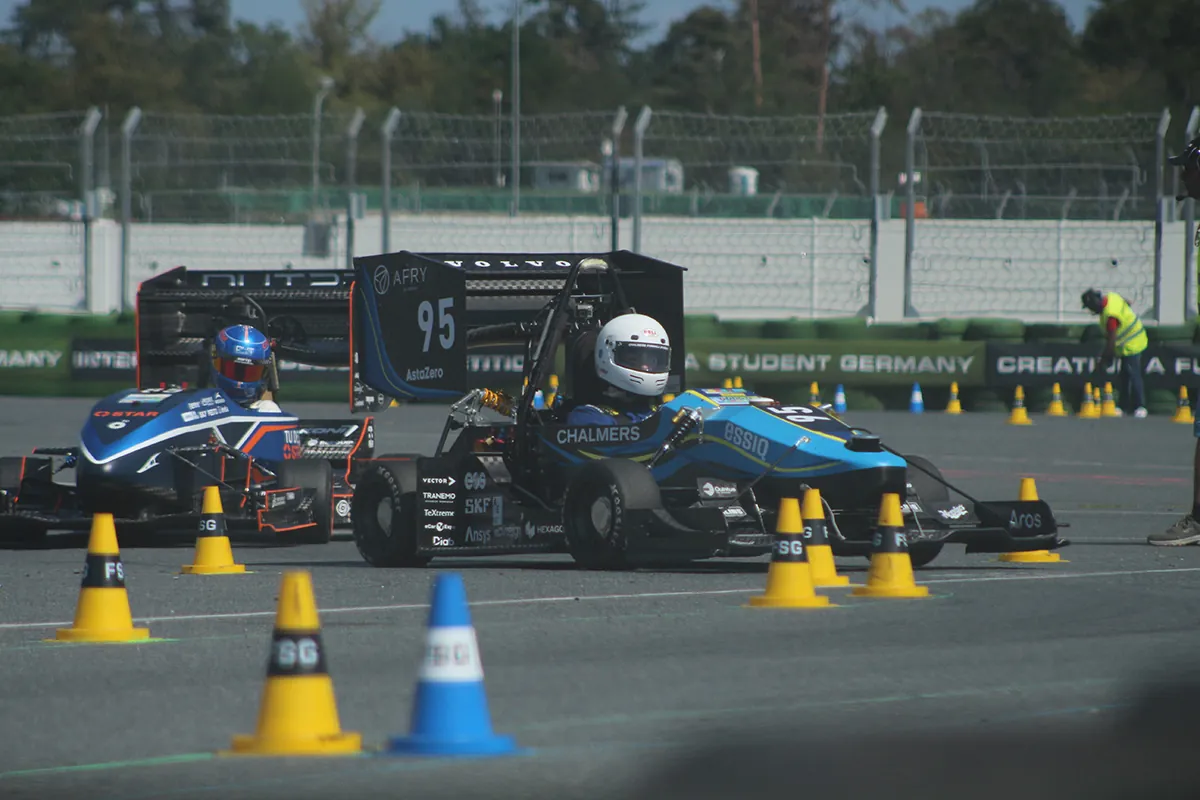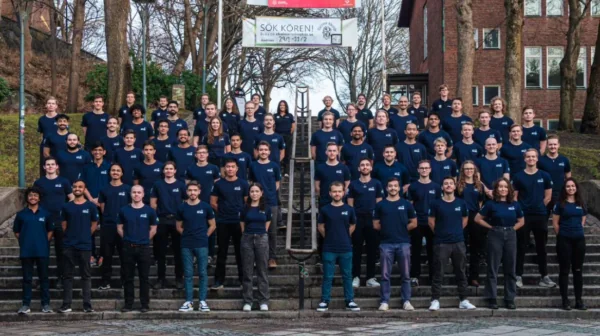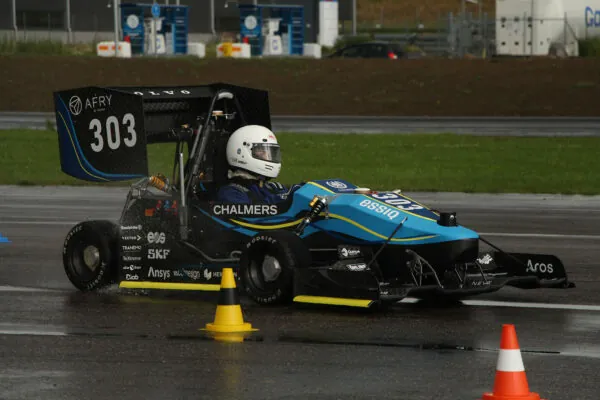Improving Performance: How Chalmers Formula Student Team uses Ansys to excel in global competitions

Formula student is the largest engineering competition for students across the globe where students get the chance to design, manufacture, test, sell, and also race with a Formula Student race car. The competition consists of several competitions across the world with more than 600 teams representing their university using a formula style race car. Chalmers Formula Student team builds a new car and about a 45-students team every year, with the aim of competing in three competitions each season. The first car was manufactured in 2003 and since 2015 the cars have been fully electric. The project is solely funded by sponsors with EDRMedeso and Ansys operating as simulation sponsor, providing world leading design engineering and analysis tools alongside technical support for the team. In 2023, the Team achieved 1st place in the Driverless Overall competition in FS Germany.
CFS 2023 Margareta was the winning car that year. A fully electric four-wheel drive with combined manual and driverless options, it can be driven both with and without a driver. It has a carbon fiber monocoque and a newly developed, robust battery. It weighs 227.5 kilograms and achieved a speed of 0 to 100 km/h in less than two and half seconds.
The primary challenge is time.
The primary challenge for the Chalmers Formula Student Team is to design and build a competitive race car within a 10-month cycle. This requires optimizing the car’s performance while saving time and money on manufacturing. To overcome this challenge, the team turned to Ansys to provide them with a comprehensive suite of simulation tools that allow the team to test and optimize their designs before moving to the manufacturing stage. EDRMedeso provides Ansys academic partner licenses and technical support for the student team.
“The main challenge that we are working with is time. We only have one year to design and manufacture an entirely new car. So, each year we build a new car and then we compete with it. And if we’re not done in time, then we can’t compete. So, to be able to validate and to be able to test everything before it has to work, there’s always a challenge against the clock to get everything ready in time.”
Another challenge the team faces is design validation of the car. They need to ensure that their design works as intended and can withstand the stresses of racing. This requires extensive simulation and testing, which can be time-consuming and complex. The team uses Ansys tools to simulate various aspects of the car’s performance, including aerodynamics, structural integrity, and powertrain efficiency. This allows them to identify potential issues and make necessary adjustments early in the design process, saving valuable time and resources.

The Team primarily uses Ansys Mechanical for structural analysis – this ensures the car’s frame can withstand the stresses of racing – and Ansys Fluent for fluid dynamics simulation, allowing the team to optimize the car’s aerodynamics. The ability to perform complex simulations and get accurate, detailed results is valuable for the student team. Another plus is the software’s user-friendly interface and robust analysis capabilities. They also use Ansys for composite design simulating the torsional stiffness of the monocoque, stress concentrations, overall deformation, and the rear wing’s strength.
“Using Ansys has been an essential tool for our team over a significant period of time.”
The team uses Ansys tools to simulate various aspects of the car’s performance, including aerodynamics, structural integrity, and powertrain efficiency. This allows them to identify potential issues and make necessary adjustments early in the design process, saving valuable time and resources. Ansys simulation tools also help the team design the formula car components to their maximum potential, with a significant focus on weight. Topology optimization has resulted in parts that are structurally sound and lightweight. This approach has helped them save a significant amount of weight on their car, a crucial factor in racing.

Free Software, Resources, and Support Utilized by Teams Globally
Student teams using Ansys have a competitive edge and gain a skillset required to be successful in the real world. Ansys provides university-based student teams free research software, resources, and support. Student teams using Ansys participate in a range of global competitions including but not limited to Formula SAE (FSAE), Hyperloop Pod Competition, Solar Car Challenge, F1 in Schools, and a variety of autonomous vehicle and rocket design challenges.
